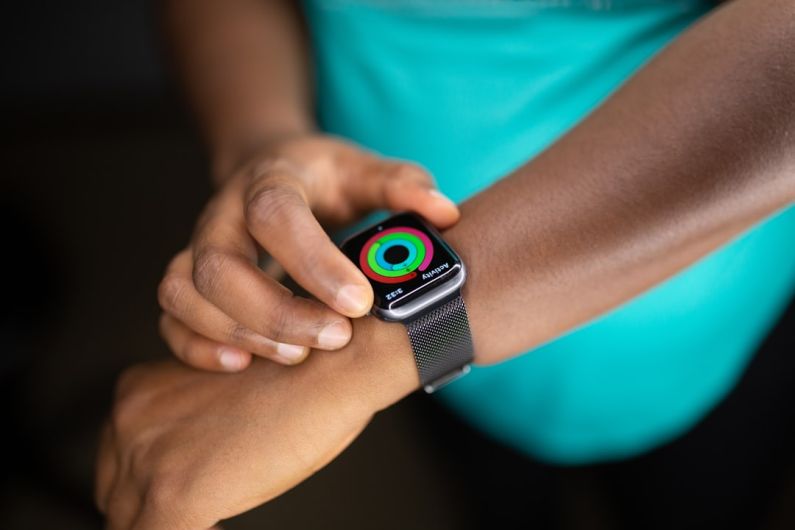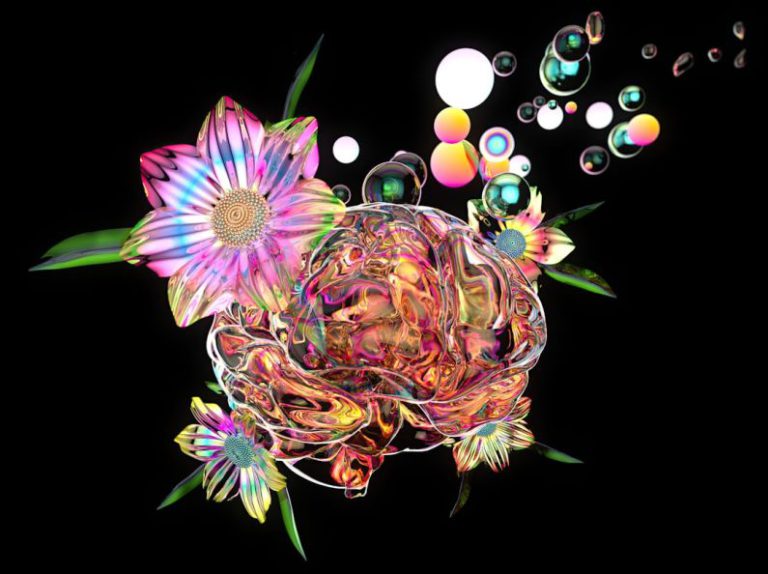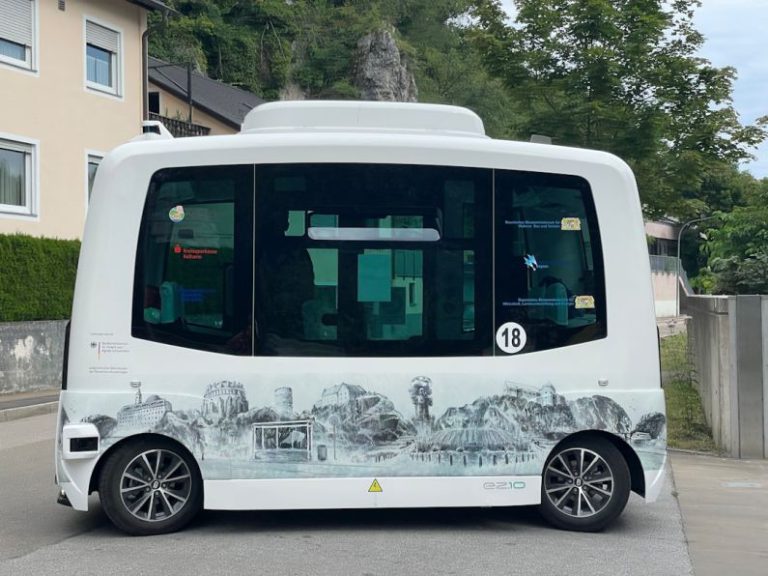The Rise of Wearable Technology in Creative Fields
As technology continues to advance at a rapid pace, its integration into various industries has become increasingly prevalent. One particular area that has seen a significant impact is the creative fields, where wearable technology has emerged as a game-changer. From fashion design to architecture, wearable technology is revolutionizing the way professionals work and pushing the boundaries of creativity. This article explores the rise of wearable technology in creative fields and its transformative effects on the industry.
**Enhancing Creative Processes**
Wearable technology has opened up new possibilities for creative professionals by providing them with tools that can enhance their creative processes. Designers can now use smartwatches to sketch ideas on the go or access design inspiration through augmented reality glasses. These devices enable seamless integration of technology into the creative workflow, allowing for greater efficiency and innovation.
**Fostering Collaboration and Communication**
In creative fields where collaboration is key, wearable technology has facilitated better communication among team members. Devices such as smart helmets equipped with communication features have made it easier for architects and engineers to work together on projects in real-time. This level of connectivity has led to more streamlined workflows and improved project outcomes.
**Empowering Personalization and Customization**
One of the most significant advantages of wearable technology in creative fields is its ability to empower personalization and customization. Fashion designers, for example, can now use wearable tech to create interactive garments that respond to the wearer’s movements or environmental conditions. This level of customization not only enhances the user experience but also allows for more individualized and unique creative expressions.
**Pushing Boundaries of Innovation**
Wearable technology has pushed the boundaries of innovation in creative fields by challenging traditional methods and introducing new ways of thinking. Architects can now use virtual reality headsets to visualize and walk through their designs before they are built, allowing for more accurate planning and design refinement. This technology-driven approach has led to more daring and groundbreaking creative solutions.
**Improving Work Efficiency**
In industries where time is of the essence, wearable technology has proven to be a valuable asset in improving work efficiency. Artists can use smart gloves that translate hand movements into digital artwork, streamlining the design process and reducing production time. This level of precision and control has revolutionized the way creative professionals work, enabling them to achieve more in less time.
**Driving Sustainable Practices**
With an increasing focus on sustainability in the creative fields, wearable technology has emerged as a tool for driving eco-friendly practices. Designers can use biodegradable materials in wearable tech products or incorporate sensors that monitor environmental impact. By integrating sustainability into their creative processes, professionals can contribute to a more sustainable future for the industry.
**Embracing the Future of Creativity**
As wearable technology continues to evolve and become more accessible, creative professionals are embracing its potential to shape the future of creativity. From 3D-printed jewelry to wearable art installations, the possibilities are endless. By harnessing the power of wearable technology, creatives are pushing the boundaries of what is possible and redefining the way we interact with art and design.
**In Conclusion: A New Era of Creativity**
The rise of wearable technology in creative fields signifies a new era of creativity where innovation and technology converge to inspire new possibilities. From enhancing creative processes to fostering collaboration and pushing the boundaries of innovation, wearable technology is reshaping the way we approach art, design, and architecture. As we continue to embrace the potential of wearable tech, the future of creativity looks more exciting and promising than ever before.






